Creative questions, communalism and conspiracy

The appearance of the questionable text in a public examinations taken by hundreds of thousands of students represents something of wider significance and is symptomatic of what is going on and where we are headed, writes Obaidul Hamid
THE Bangla question paper for this year’s Higher Secondary Certificate Examination under the Board of Intermediate and Secondary Education, Dhaka has been in the media oven for the past few weeks. Another question paper of the technical education board has also been part of the media coverage. I have come across editorials, reports, opinion pieces, interviews, and joint statements by educationists on the subject. Initially, the social media brought the issue to public attention.
In writing creative questions for the Bangla play Sirajuddoula for the HSC examination, the paper setter came up with a creative text which is supposed to serve as a prompt for students’ creative engagement with some key issues in the historical play. The fictionalized text tells the story of two Hindu brothers who were engaged in a long dispute over the distribution of family property. The dispute was taken to the court for settlement. In order to teach a lesson to his brother, one of them sold off the disputed land to a Muslim neighbour who built a house and lived there. During Eid-ul-Adha, the Muslim owner slaughtered a cow in front of the house of the betrayed Hindu man. This broke his heart and he secretly left for India with his family, abandoning his homestead.
As noted by different commentators, the text is questionable on religious or communal grounds. It is alleged that the writer violated the rules and principles of writing question papers for public examinations. On these grounds, the paper-setter and the moderators deserve to be interrogated. An investigation is currently underway probably to find out how such a dubious and ill-intentioned text found its place in the public examination. From experience, the outcomes of the said investigation are predictable and therefore there is probably no point talking about it further.
I would like to discuss the incident from a combined perspective of the interrelations of creative questions, communalism and conspiracy.
Creative questions were introduced in the curriculum and assessment to change the culture of rote learning and regurgitating in examinations. Given the widely acknowledged value of creativity that also incorporates criticality, creative questions are essential to test students’ original, creative and critical thinking ability. However, it is noted by some commentators that there has been inadequate training to equip paper-setters with skills and strategies so they could write creative questions efficiently.
While the question of teacher training cannot be ignored, I don’t think that’s the key point underlying the incident. If I am asked: Is the text in question effective to generate creative thinking and response from students, my answer will be, yes. And I am curious, like professor Shamsad Mortuza in his article in an English-language daily newspaper, to see how students have answered the questions linked to the prompt. This curiosity may never be met, but student responses can be critical resources to understand how creative questions work and how we can train teachers to write such questions.
However, that does not mean that I endorse the creative prompt because it does have the potential to provoke communal disturbances. And I would take this as a pointer to bigger questions about authors’ creativity on the one hand and historical and social truths on the other. Rabindranath Tagore, among others, emphasised writers’ creative freedom, noting that truth was what you created, not what happened out there. While Tagore’s intentions are appreciable, we know that artistic creativity in Bollywood and other institutions has blurred the boundaries between fiction and history, affecting social cohesion and harmony.
Another point is about the deployment of creative thinking. Originally, ideas such as critical and creative thinking were believed to be used by progressive thinkers and activists to promote liberal views and perspectives. However, it has now become obvious that the same intellectual resources can be used by conservative groups and individuals as well to promote their own ideologies. In other words, creative ideas can be used for non-creative goals, as those ideas can be accessed by people of all persuasions as public good.
Can I read the creative prompt as a conspiracy to be attributed to its writer? I am referring to the writer only, not the moderators of the question paper because from our own research we know that moderators usually do not change the original content. No, I wouldn’t consider the text as a product of conspiracy. Saying yes would mean that I can claim knowledge of the intentions of the colleague who set the question paper. In fact, it may be possible to argue that he probably wanted to include a sensitive topic to provoke students to think deeply about the issues and come up with creative answers. Like students’ responses, how the examiners will grade those responses will be another important avenue for knowledge and learning about creative questions.
If we want to elicit criticality and creativity from our students, we will need to ask questions about complex and challenging issues. Creativity does not collocate with simple, taken for granted things. I am not saying that creativity aligns with social or political insensitivity by default but maintaining boundaries may be difficult when our aim is to teach and test criticality and creativity. The current incident may be an opportunity to reflect on our pursuit of creativity — what kind of creativity do we want? Even if a prompt were socially sensitive, would we be prepared to accept all fair and objective criticisms or appraisals of people or institutions that the prompt may talk about? As a critical teacher, I cannot imagine how we can nurture and test creativity if we do not allow students to critique whatever affected their life, living and wellbeing.
Beyond these questions, the appearance of the questionable text in a public examination taken by hundreds of thousands of students represents something of wider significance. It is symptomatic of what is going on and where we are heading; it reminds me of who has control over things and what things are controlled and what things are let go. If there is a governance question here, I can see that question almost everywhere — in offices, banks, schools, prisons, hospitals, airports, and on the roads and borders — even in religious institutions.
Dr Obaidul Hamid works at the University of Queensland in Australia. He researches language, education, and society in the developing world.


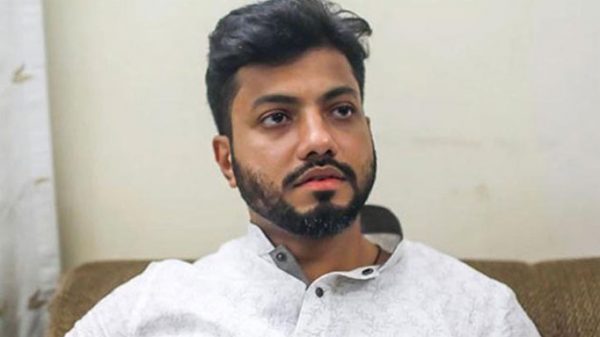

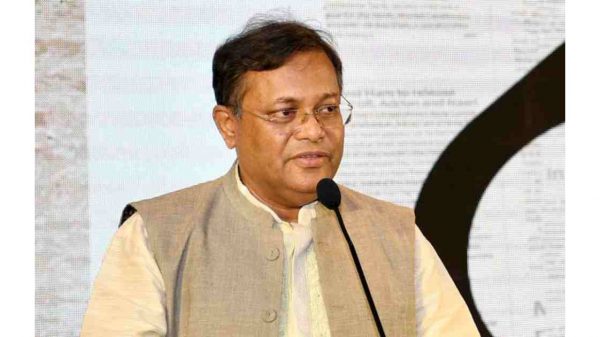


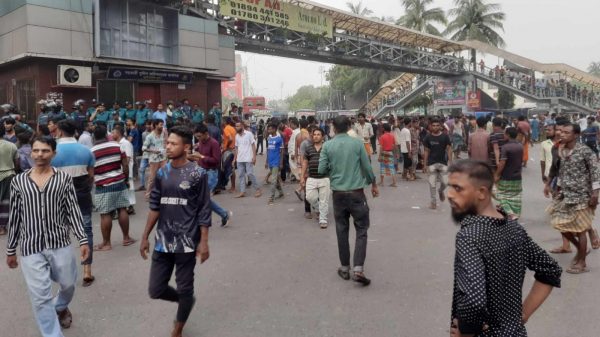

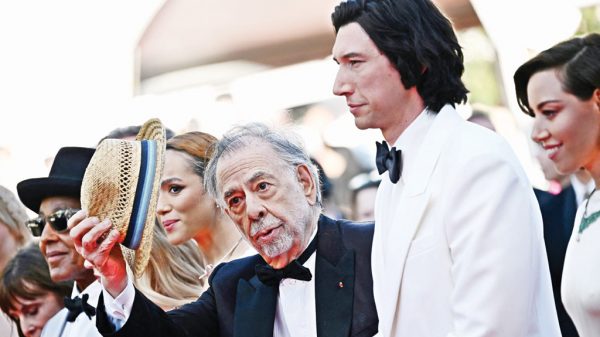
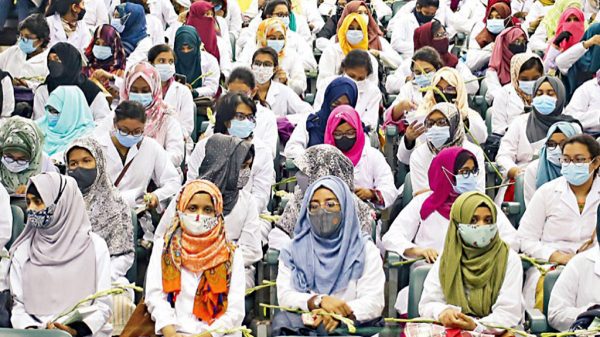













Leave a Reply